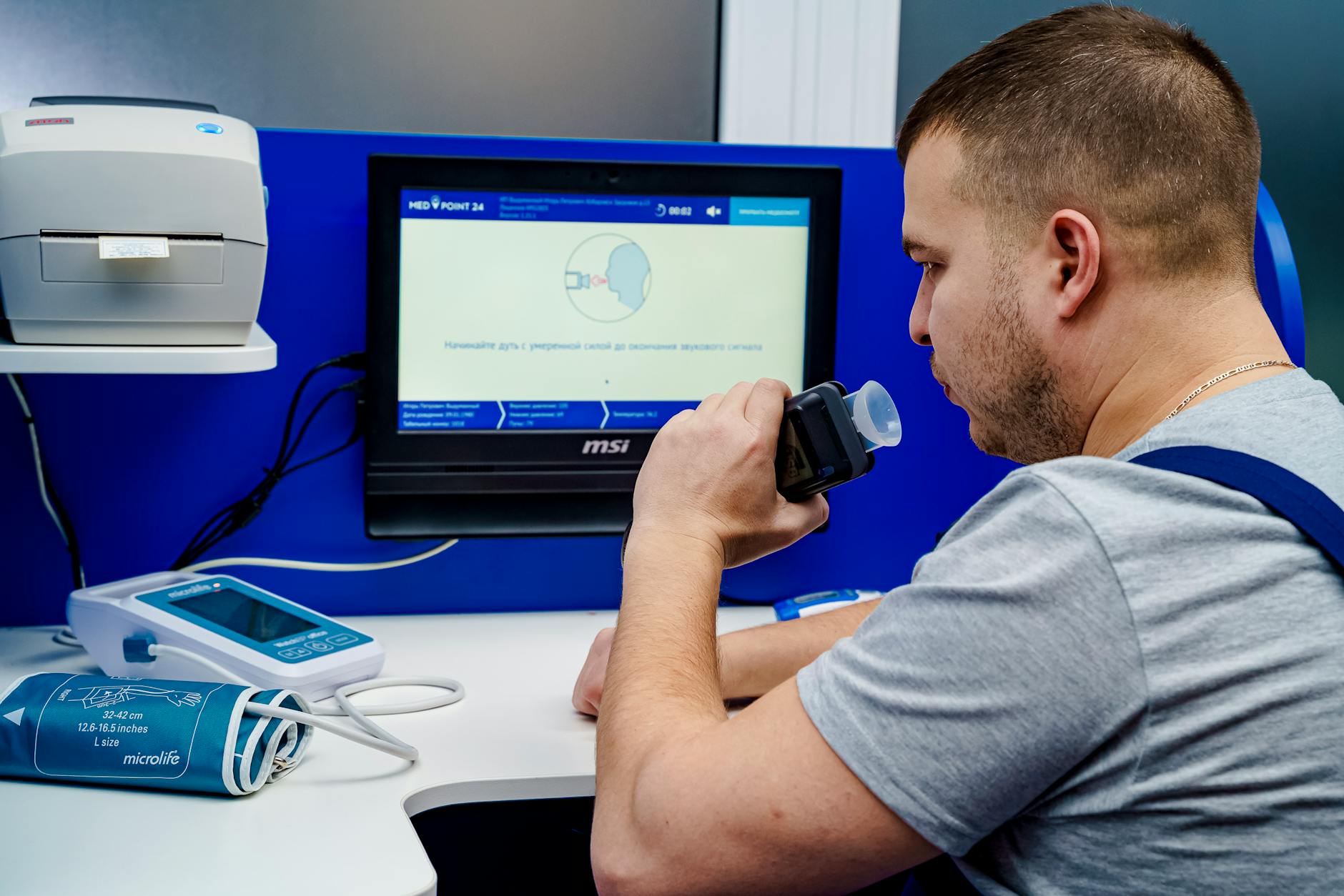Baffled by alcohol consumption and weight? Discover how many beers it takes to get drunk as explained by a DUI lawyer!

Image courtesy of MedPoint 24 via Pexels
Table of Contents
Have you ever wondered how many beers it takes to get drunk? The answer to this question is not as straightforward as you might think. In this blog post, we will delve deep into the science behind alcohol intoxication. Understanding the factors that influence how alcohol affects your body can help you make informed decisions about your drinking habits and stay safe while consuming alcohol.
Factors Influencing Intoxication
Alcohol metabolism varies from person to person, depending on factors such as age, weight, and overall health. When you consume alcohol, your body begins to metabolize it at a certain rate. This rate can be influenced by individual factors, such as genetics and liver function.
Individual tolerance levels also play a significant role in how many beers it takes to get drunk. Some people may feel the effects of alcohol after just a couple of drinks, while others may be able to consume more without feeling intoxicated. Gender differences can also impact alcohol tolerance, with women generally having a lower tolerance for alcohol than men.
Another factor that can influence intoxication is food intake. Consuming alcohol on an empty stomach can lead to quicker absorption and a higher blood alcohol concentration (BAC). Eating a meal before drinking can help slow down the absorption of alcohol and lessen its effects on your body.
The Science of Alcohol Intoxication
Alcohol affects the brain and body in various ways. When you consume alcohol, it enters your bloodstream and travels to your brain, where it can alter neurotransmitter activity and impair cognitive function. The more alcohol you consume, the higher your BAC becomes, leading to increased intoxication.
Monitoring your BAC levels is crucial in understanding how alcohol is affecting your body. A BAC of 0.08% is typically considered the legal limit for driving under the influence in most states. However, it’s essential to remember that even lower BAC levels can impair your judgment and coordination.
Genetics can also play a role in how your body metabolizes alcohol. Some people may have a genetic predisposition to metabolize alcohol more slowly, leading to more prolonged intoxication and a higher BAC. Understanding your genetic makeup can help you make more informed decisions about your alcohol consumption.
Binge drinking is a dangerous practice that can lead to alcohol poisoning and other serious health risks. Consuming a large amount of alcohol in a short period can overwhelm your body’s ability to metabolize it, leading to a dangerously high BAC. Knowing the signs of alcohol poisoning and seeking help if necessary is crucial for staying safe.
Tips for Safe Drinking
Knowing your limits and practicing moderation is key to safe drinking. It’s essential to listen to your body and stop drinking when you start to feel intoxicated. Setting a limit for yourself before you start drinking can help you avoid overconsumption and its negative effects.

Image courtesy of dgriffinlaw.com via Google Images
Strategies for reducing alcohol consumption include opting for lower-alcohol drinks, alternating between alcoholic and non-alcoholic beverages, and pacing yourself throughout the night. Drinking water between alcoholic beverages can also help keep you hydrated and lessen the effects of alcohol on your body.
Understanding the legal limits for driving under the influence is crucial for staying safe on the roads. If you plan on drinking, it’s important to arrange for a designated driver or alternative transportation to ensure that you get home safely. Driving under the influence can have serious legal consequences and put yourself and others at risk.
If you find that you are struggling with alcohol abuse or addiction, it’s essential to seek help from a medical professional or counselor. There are resources available to support you in your journey to recovery and help you make healthier choices regarding your alcohol consumption.
Conclusion
Understanding how many beers it takes to get drunk is a complex topic that involves various factors, including alcohol metabolism, individual tolerance levels, and genetic differences. By educating yourself about these factors and practicing safe drinking habits, you can make informed decisions about your alcohol consumption and prioritize your health and safety.
FAQ
How does weight affect alcohol tolerance?
Answer 1: Weight can influence alcohol tolerance as larger individuals may metabolize alcohol more efficiently than smaller individuals, leading to a higher tolerance.
What factors determine how many beers it takes to get drunk?
Answer 2: Factors include weight, gender, genetics, food intake, and individual tolerance levels. Understanding these factors can help predict how alcohol will affect your body.
How can I drink alcohol safely?
Answer 3: Drink in moderation, know your limits, alternate with water, eat before drinking, and plan for safe transportation home to avoid driving under the influence.
What are the dangers of binge drinking?
Answer 4: Binge drinking can lead to alcohol poisoning, impaired judgment, increased accident risk, and long-term health consequences. Learn to recognize the signs and dangers of binge drinking to stay safe.
Generated by Texta.ai Blog Automation
Leave a Reply